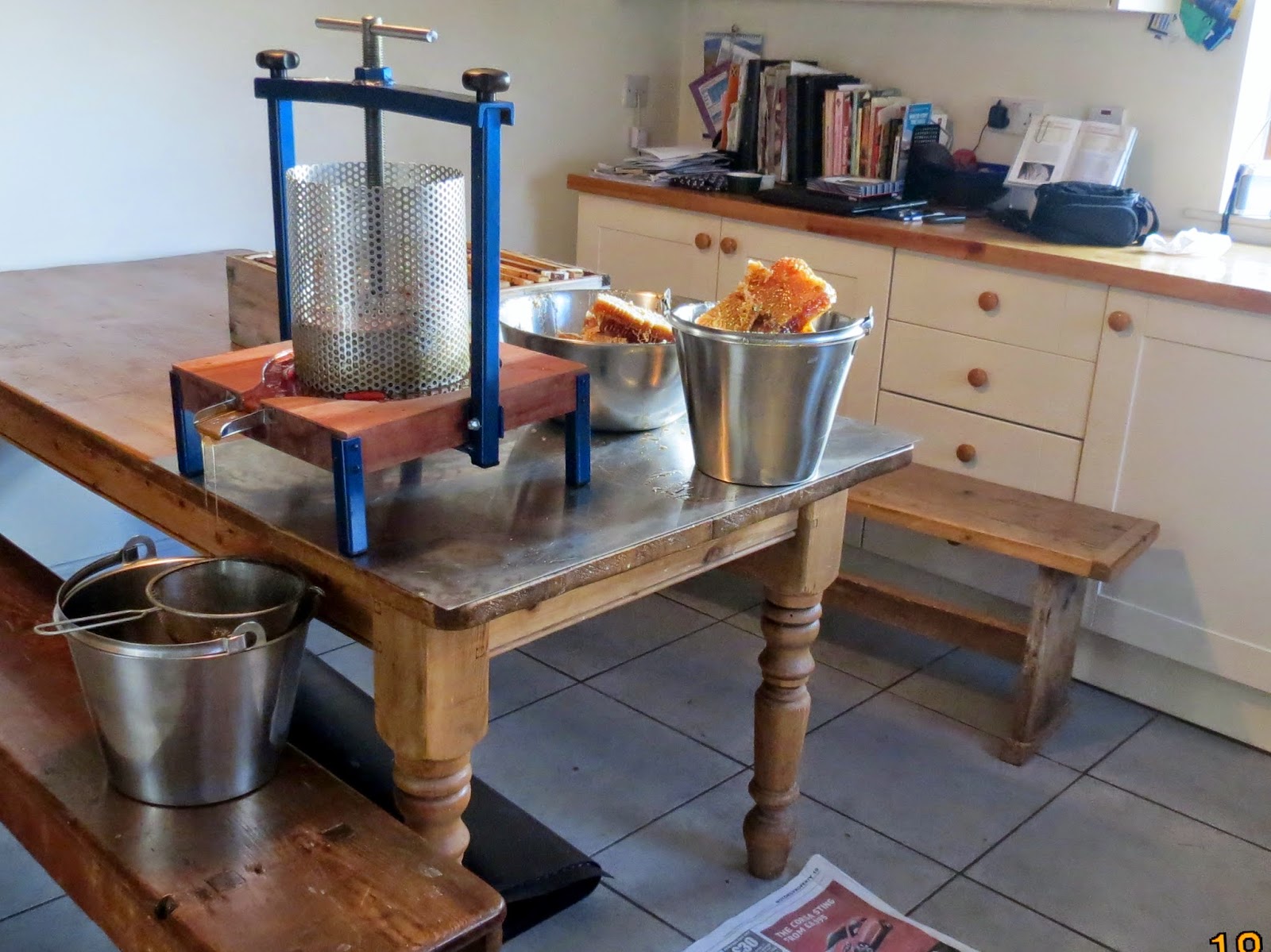This census involves more than counting Crofters. We know that there are roughly 18,000 of us, from the Shetlands to South Argyll. The "Crofting Commission" is more interested in what we are up to!
The Crofting Reform (Scotland) Act 2010 imposed some new conditions on us these are:
The Crofting Reform (Scotland) Act 2010 imposed some new conditions on us these are:
- to be ordinarily resident on , or within 32 km of the croft
- not to neglect or misuse the croft
- to cultivate or maintain the croft or put it to some other purposeful use
The forms arrived about six weeks ago, they have to be completed and returned by 16 th January 2015. If the Crofting Commission doesn't receive a reply then any subsequent regulatory applications cannot be processed.
Throughout the crofting counties there are many crofts that are neglected and Crofters who live more than 32 km away, that's straight forward enough. The "purposeful use" might cause some confusion and only three examples are given; caravan and camping site, golf course and equestrian centre all of which are high capital cost, demand driven and seasonal .
If you argue that "neglect" is in fact nature conservation then this neglect has to be planned and managed. Sounds pretty easy. Find a rare bryophyte, an otter holt, eagle nest, bats or pine marten on the croft and it could become an instant nature reserve. My guess is that the census will discover that there are more neglected crofts than purposefully managed crofts and this is a "get out of jail free"! card. But I'm just a curmudgeonly old agricultural fundamentalist.







